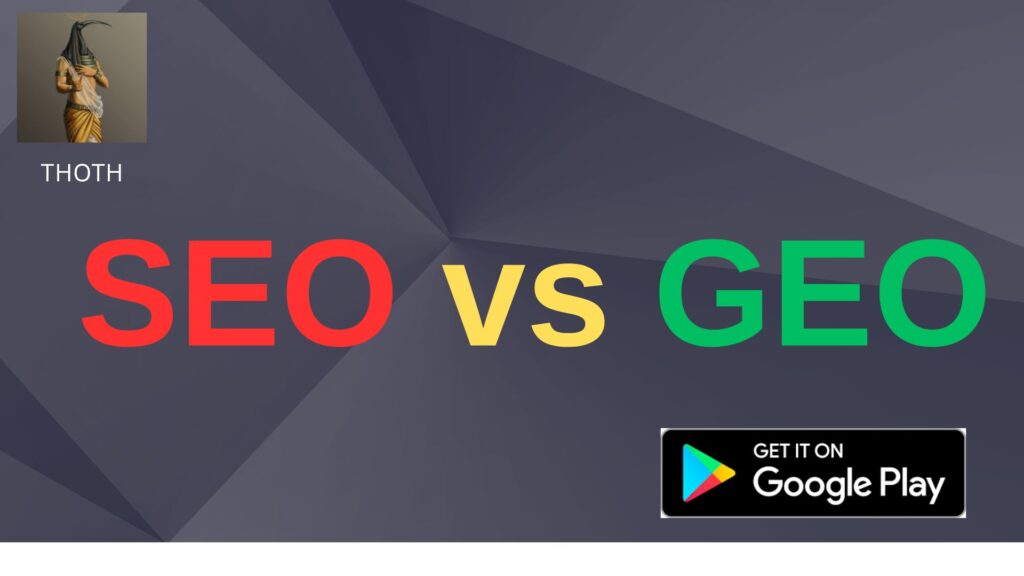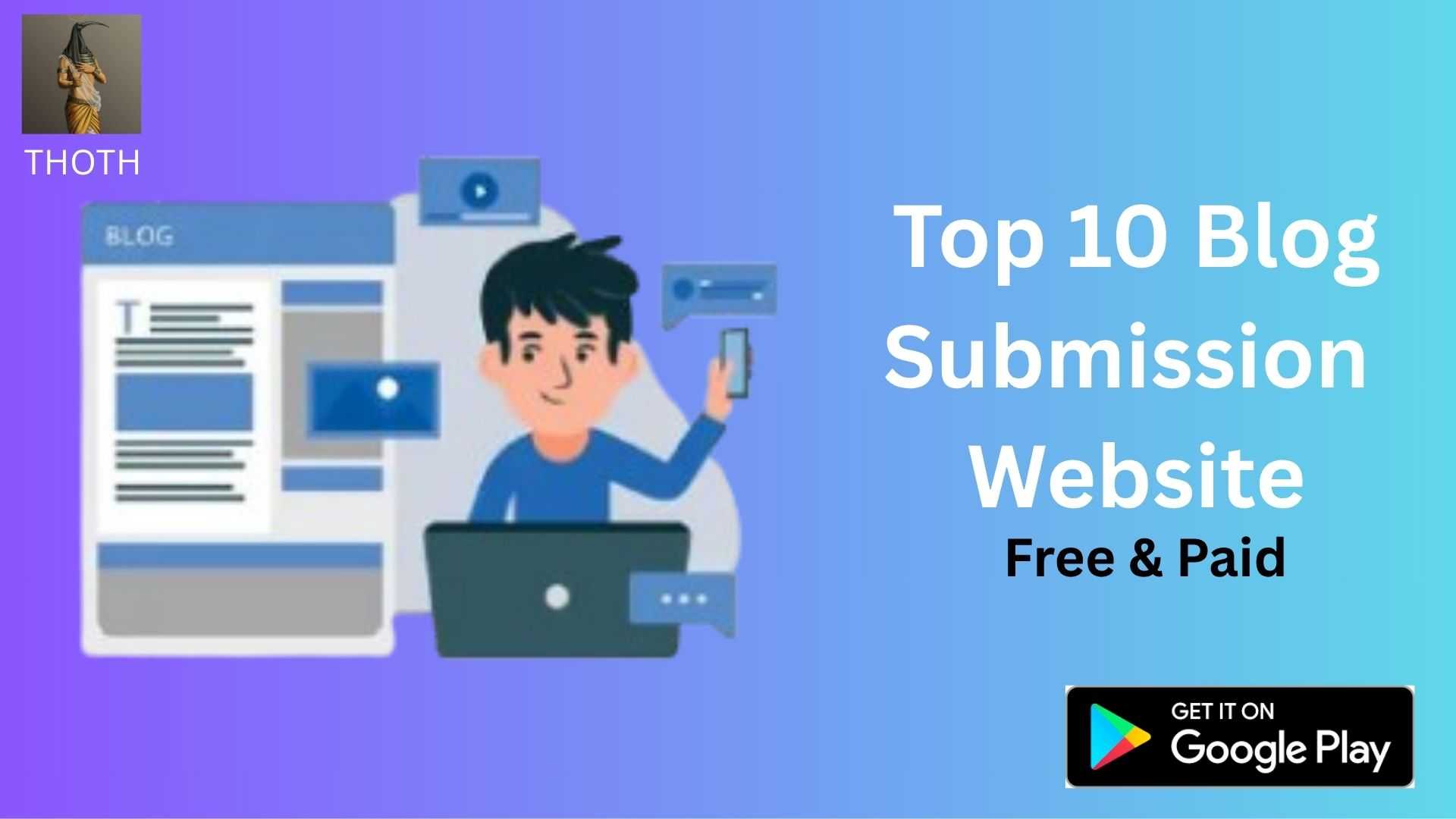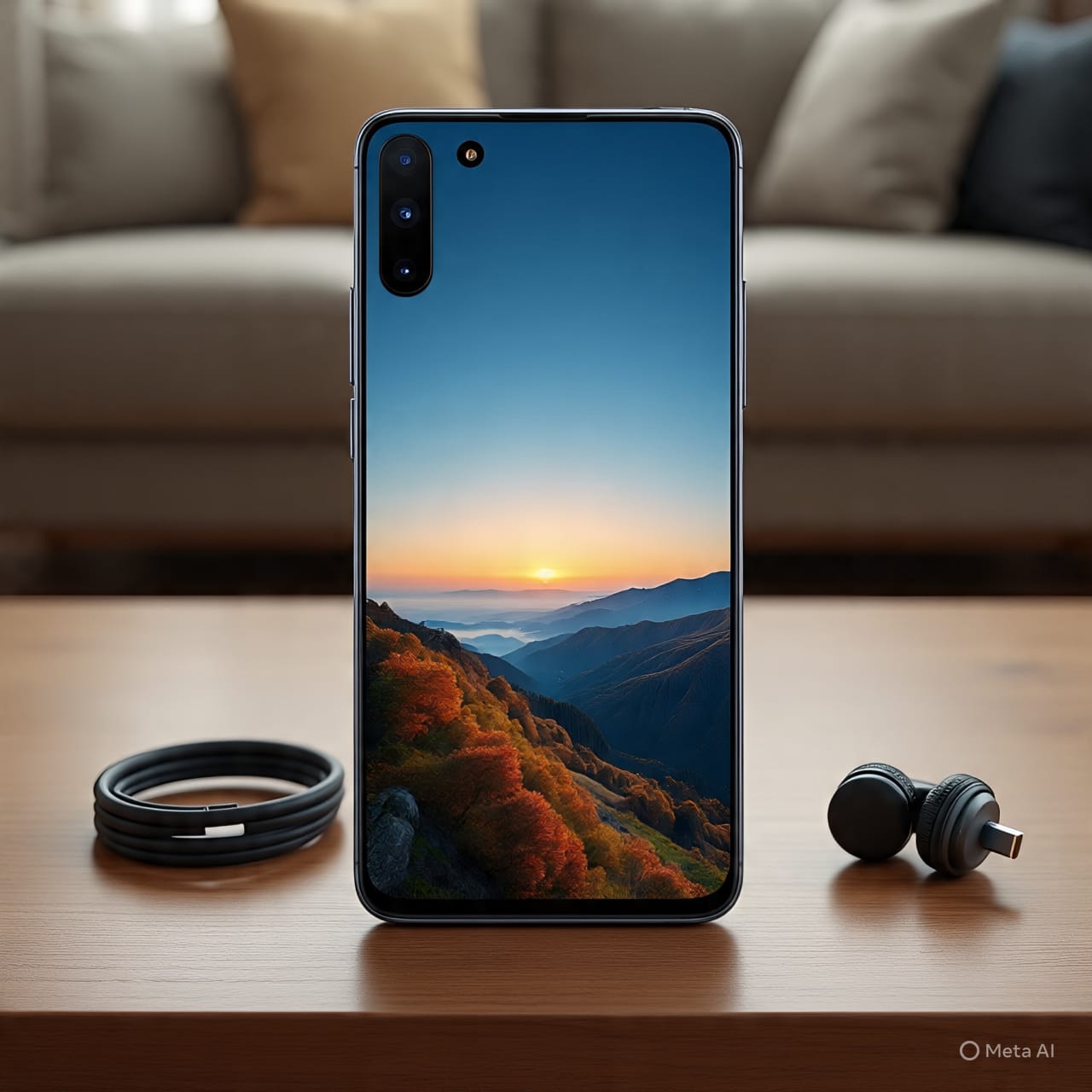The digital marketing world is changing faster than ever. Traditional SEO, where you simply optimize for Google’s ranking algorithm, is no longer enough. AI-powered search and “answer engines” like ChatGPT, Google Gemini, and Perplexity are reshaping how people discover and consume content.
If you want your website to thrive in this new era, you need to focus on GEO (Generative Engine Optimization) and AEO (Answer Engine Optimization). These are the strategies that help your content appear in AI-generated answers, summaries, and conversations — even when users don’t click a link.
In this guide, we’ll break down what GEO and AEO mean, why they matter, and how you can boost your website using them.

What is SEO
SEO (Search Engine Optimization) is the process of improving your website so it appears higher in search engine results (like Google, Bing, Yahoo) when people search for related topics.
The goal of SEO is to increase your site’s visibility and attract more organic (free) traffic without paying for ads.
How SEO Works
Search engines use bots to “crawl” websites and then “index” them. When a user searches for something, the search engine shows the most relevant and trustworthy results based on hundreds of ranking factors like:
Keywords in content and headings
Website speed and mobile-friendliness
Quality and number of backlinks
User experience (UX)
Domain authority
Main Types of SEO
On-Page SEO – Optimizing content, titles, meta descriptions, keywords, and images.
Off-Page SEO – Building backlinks and improving your online reputation.
Technical SEO – Improving site speed, mobile optimization, and crawlability.
Local SEO – Optimizing for location-based searches (important for local businesses).
💡 Example:
If you write a blog titled “Best Cafes in Delhi” and optimize it for keywords like “Delhi cafes” and “top coffee shops in Delhi” with good structure, Google is more likely to rank it higher when someone searches for that term.
What is GEO
GEO in the digital marketing context stands for Generative Engine Optimization.
It’s a new form of optimization designed for the AI era, where people are getting answers directly from generative AI systems (like ChatGPT, Google Gemini, Microsoft Copilot, or Perplexity) instead of only traditional search engines like Google Search.
What GEO Means
Just like SEO optimizes your content for search engine algorithms, GEO optimizes it for generative AI algorithms so your website or brand is:
Easily found
Accurately understood
Cited as a source in AI-generated responses
Why GEO is Important
AI-driven “answer engines” often give direct answers without users clicking a website.
If your content isn’t optimized for AI, you miss visibility even if you rank well in traditional SEO.
Early adoption gives you a competitive edge while most sites still focus only on SEO.
How GEO Works
To optimize for GEO, you should:
Structure content for AI readability – clear headings, bullet points, Q&A format.
Add factual, verifiable data – AI prefers trustworthy, well-cited information.
Use schema markup – makes it easier for AI to interpret.
Build authority (E-E-A-T) – Experience, Expertise, Authoritativeness, Trustworthiness.
Keep answers concise & direct – AI often quotes short, precise text.
💡 Example:
If someone asks ChatGPT “Best places to visit in Delhi in winter”, GEO ensures your travel blog’s list appears in the AI’s answer — even if the user never visits Google search.
What is AEO
AEO stands for Answer Engine Optimization.
It’s the practice of optimizing your content so it appears in AI-powered answer engines like Google AI Overview, Microsoft Copilot (Bing), Perplexity AI, and other tools that deliver direct answers instead of just showing a list of links.
Why AEO Matters
Search is shifting from “find websites” to “get instant answers.”
Many users don’t click search results anymore — they just read the AI-generated summary.
If your site isn’t part of those AI answers, you lose visibility and traffic.
How AEO Works
To optimize for AEO, you should:
Structure your content as questions and answers
Use FAQ sections, headings like “What is…?” or “How to…?”
Provide concise, factual answers first
AI prefers short, clear responses it can quote directly.
Use schema markup (FAQ schema, HowTo schema)
Helps answer engines understand your content format.
Cover related questions
Tools like AlsoAsked.com or People Also Ask (Google) help you find them.
Build trust signals (E-E-A-T)
Experience, Expertise, Authoritativeness, Trustworthiness.
💡 Example:
If someone searches “How to renew a passport in India” on Google, the AI Overview at the top could show your site’s step-by-step answer — if you’ve optimized it with AEO techniques.
Why GEO and AEO Matter in 2025
Zero-click searches are increasing: AI delivers answers directly, reducing website visits.
Higher trust in AI summaries: Many users believe AI’s first answer is correct.
Early movers get advantage: Few websites are optimized for AI yet — which means you can dominate if you start now.
According to industry experts, over 60% of all online queries in 2025 are influenced by AI systems. If your site isn’t optimized for GEO/AEO, you risk losing visibility.
How to Boost Your Website with GEO and AEO
Step 1: Create “AI-Friendly” Content
AI systems love structured, fact-based, and clear content.
Use headings and subheadings: Break content into H2 and H3 sections for easy scanning.
Include bullet points and numbered lists: Helps AI chunk your information.
Write in a question-answer format: Anticipate user questions and answer them directly.
Use tables and comparison charts: AI loves structured data.
Example:
Instead of a long paragraph on “Best SEO Tools,” create a table comparing their features, prices, and pros/cons.
Step 2: Use Schema Markup
Schema is a special code that helps search engines and AI understand your content better.
Add FAQ schema for Q&A sections.
Use HowTo schema for step-by-step guides.
Add Local Business schema if targeting a city or region.
Plugins like Rank Math SEO or Yoast SEO can add schema without coding.
Step 3: Optimize for Location (GEO + Local SEO)
If your business is location-specific, combine GEO with local SEO.
Include city, region, and country names in titles, headings, and meta descriptions.
Embed Google Maps on your contact page.
Keep your NAP (Name, Address, Phone) consistent across your site and Google Business Profile.
Create location-specific landing pages.
Example:
If you run a cafe in Delhi, create separate pages for “Best Cafe in Connaught Place” and “Best Cafe in South Delhi.”
Step 4: Strengthen E-E-A-T
AI and search engines favor content from sources that show:
Experience
Expertise
Authoritativeness
Trustworthiness
Ways to build E-E-A-T:
Add author bios with credentials.
Cite reliable sources.
Use original data, surveys, or case studies.
Keep content updated regularly.
Step 5: Build AI-Friendly Backlinks
Backlinks still matter — but AI values quality over quantity.
Get featured in credible publications.
Write guest posts for niche-specific blogs.
Use platforms like HARO (Help A Reporter Out) to get cited by journalists.
Collaborate with local influencers or businesses.
Step 6: Structure for Quick AI Reference
AI answers are short — so make your content easy to quote.
Front-load answers: Give the main answer in the first 1-2 sentences.
Keep sentences concise: 15–20 words per sentence is ideal.
Use plain language: Avoid jargon unless necessary.
Example:
❌ “In consideration of multiple factors pertaining to the digital ecosystem, one must deliberate on strategic initiatives…”
✅ “To boost your GEO ranking, focus on structured data and FAQ content.”
Step 7: Monitor AI Mentions
Just like tracking Google rankings, monitor if AI tools cite you.
Use tools like Perplexity.ai to see if your site appears in AI answers.
Search your brand name in ChatGPT or Gemini.
Ask AI about your niche and see if your site gets mentioned.
If not, analyze the top-cited sources and learn from their structure.
Step 8: Keep Updating Your Strategy
AI algorithms change frequently — just like Google.
Follow industry blogs (Search Engine Journal, Ahrefs Blog).
Watch Google Search Console’s AI Overview reports (new in 2025).
Test different content formats — short answers, FAQs, comparison tables.
GEO and AEO Checklist
Here’s a quick reference before publishing any new post:
✅ Main keyword + location in title
✅ Clear Q&A structure
✅ Bullet points, tables, or charts
✅ Schema markup (FAQ/HowTo/LocalBusiness)
✅ Author bio + E-E-A-T signals
✅ Location-specific landing pages (if applicable)
✅ Internal links to related posts
✅ External links to trusted sources
Final Thoughts
The shift from traditional SEO to GEO and AEO is not just a trend — it’s the future of digital marketing. AI-driven answers will dominate search in the coming years, and businesses that adapt early will have a massive competitive advantage.
If you want your website to be part of AI answers:
Think like an AI.
Structure like a teacher.
Write like a human.
By combining GEO (to get cited by generative engines) and AEO (to appear in answer boxes), you’ll not only survive the AI revolution — you’ll thrive in it.
 डिस्क्लेमर (Disclaimer)
डिस्क्लेमर (Disclaimer)
इस ब्लॉग में दी गई सभी जानकारियाँ केवल सामान्य सूचना और जागरूकता के उद्देश्य से साझा की गई हैं। हमने हर संभव प्रयास किया है कि जानकारी सटीक और अपडेटेड हो, लेकिन किसी भी योजना, स्कॉलरशिप, नियम या प्रक्रिया से जुड़ा अंतिम निर्णय संबंधित आधिकारिक वेबसाइट, संस्थान या विभाग की सूचना पर ही आधारित होना चाहिए।
पाठकों से निवेदन है कि किसी भी आवेदन, निवेश, या निर्णय लेने से पहले संबंधित आधिकारिक स्रोत (जैसे सरकारी वेबसाइट, यूनिवर्सिटी पोर्टल, बैंक अथॉरिटी आदि) से जानकारी को एक बार अवश्य सत्यापित (cross-check) करें।
लेखक या वेबसाइट किसी प्रकार की हानि, गलती या ग़लतफहमी के लिए उत्तरदायी नहीं होगी।
 धन्यवाद!
धन्यवाद!
यदि आपको जानकारी उपयोगी लगी हो, तो कृपया शेयर करें और सुझाव नीचे कमेंट में दें।
📬 Stay Updated! Subscribe to Our Newsletter
Get latest articles delivered straight to your inbox.




